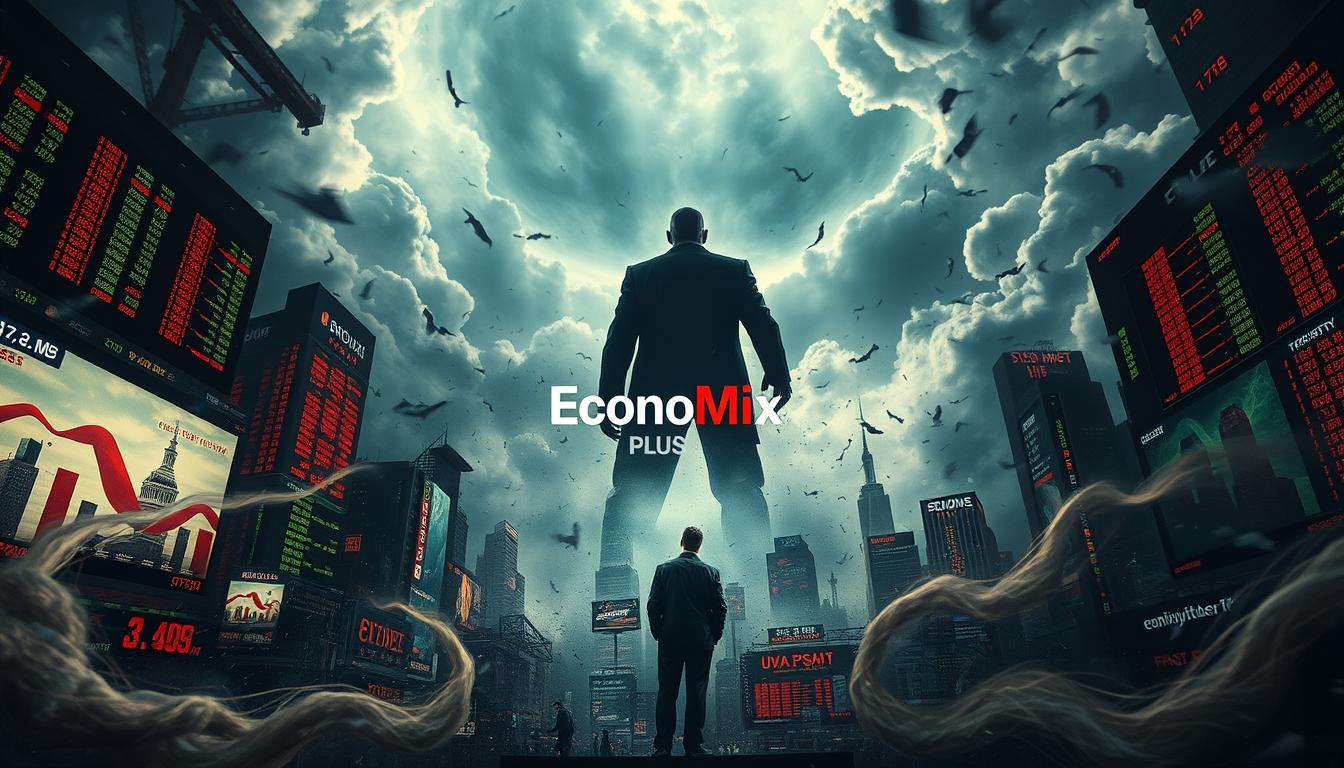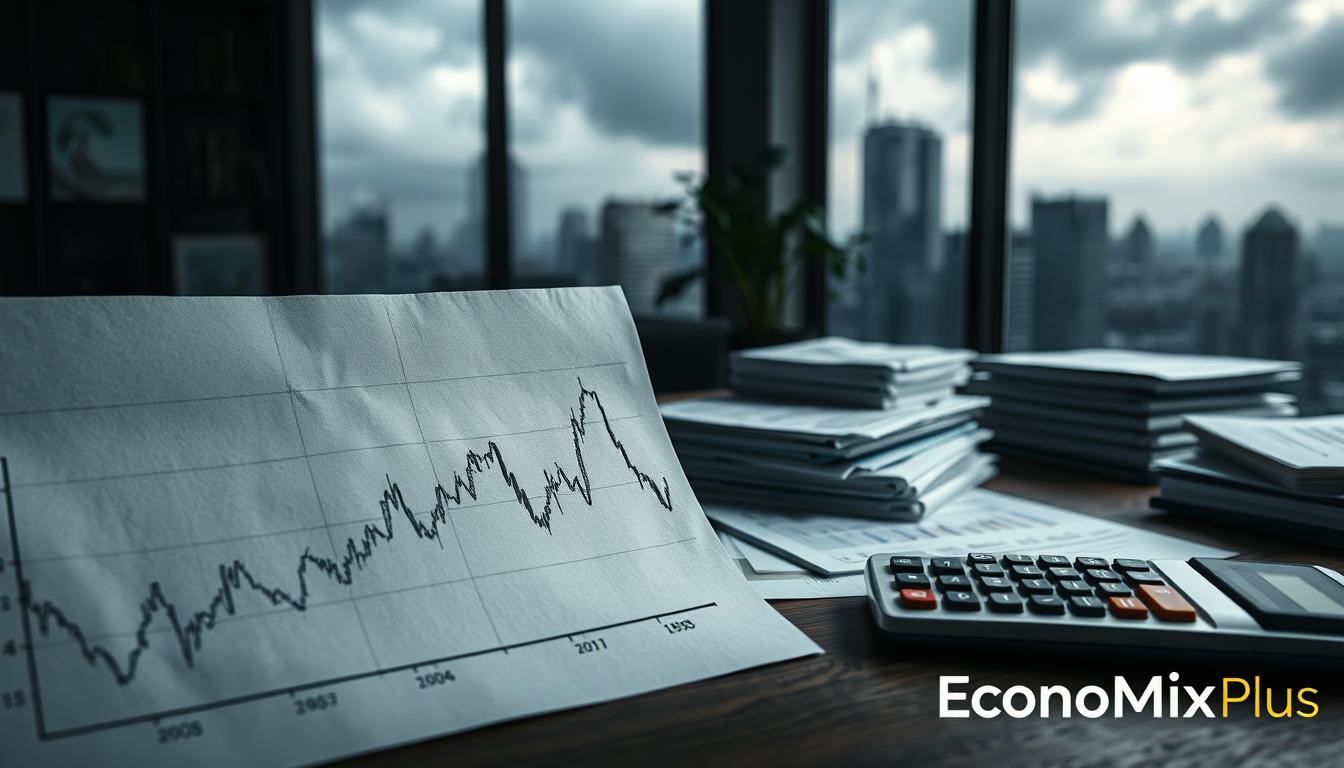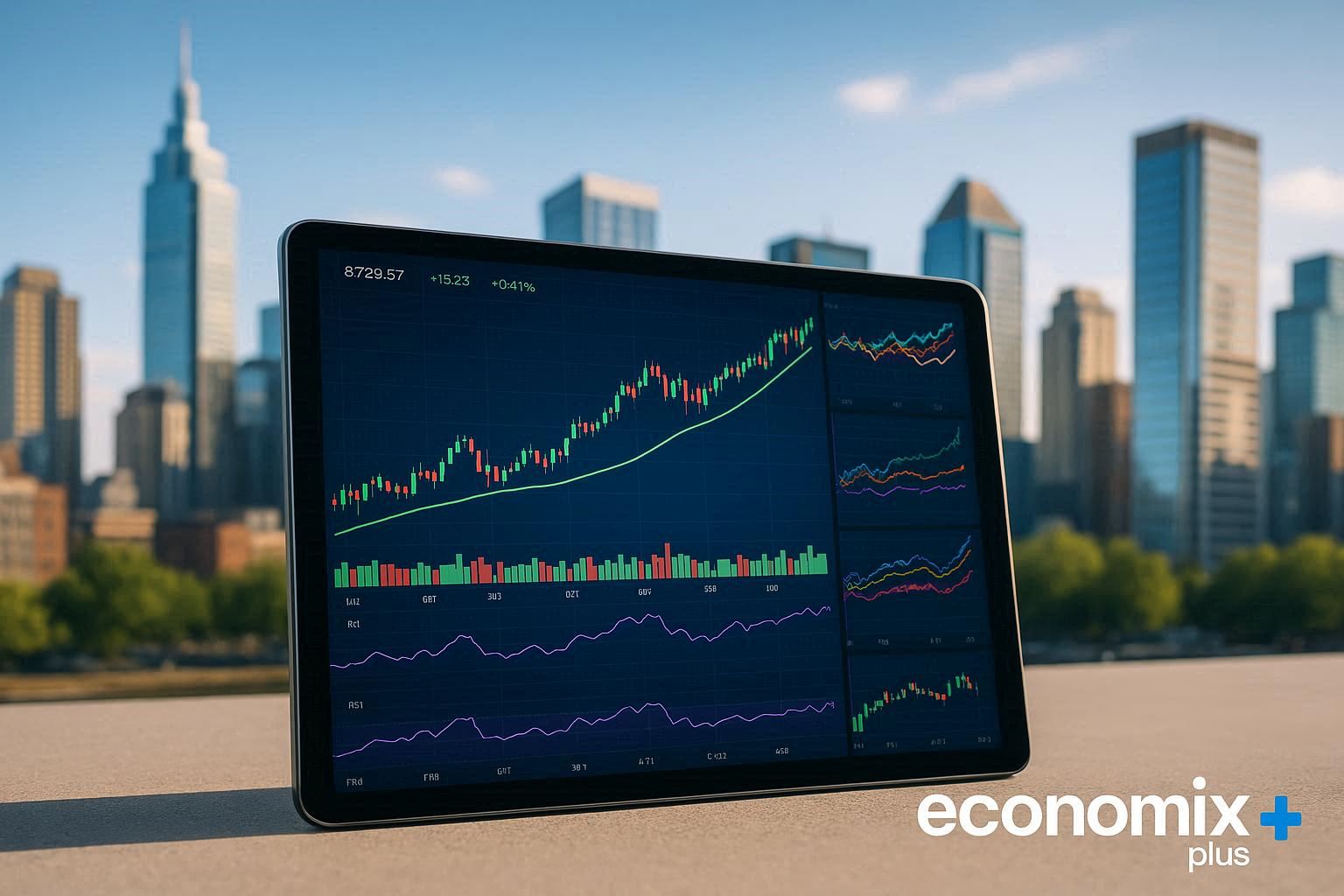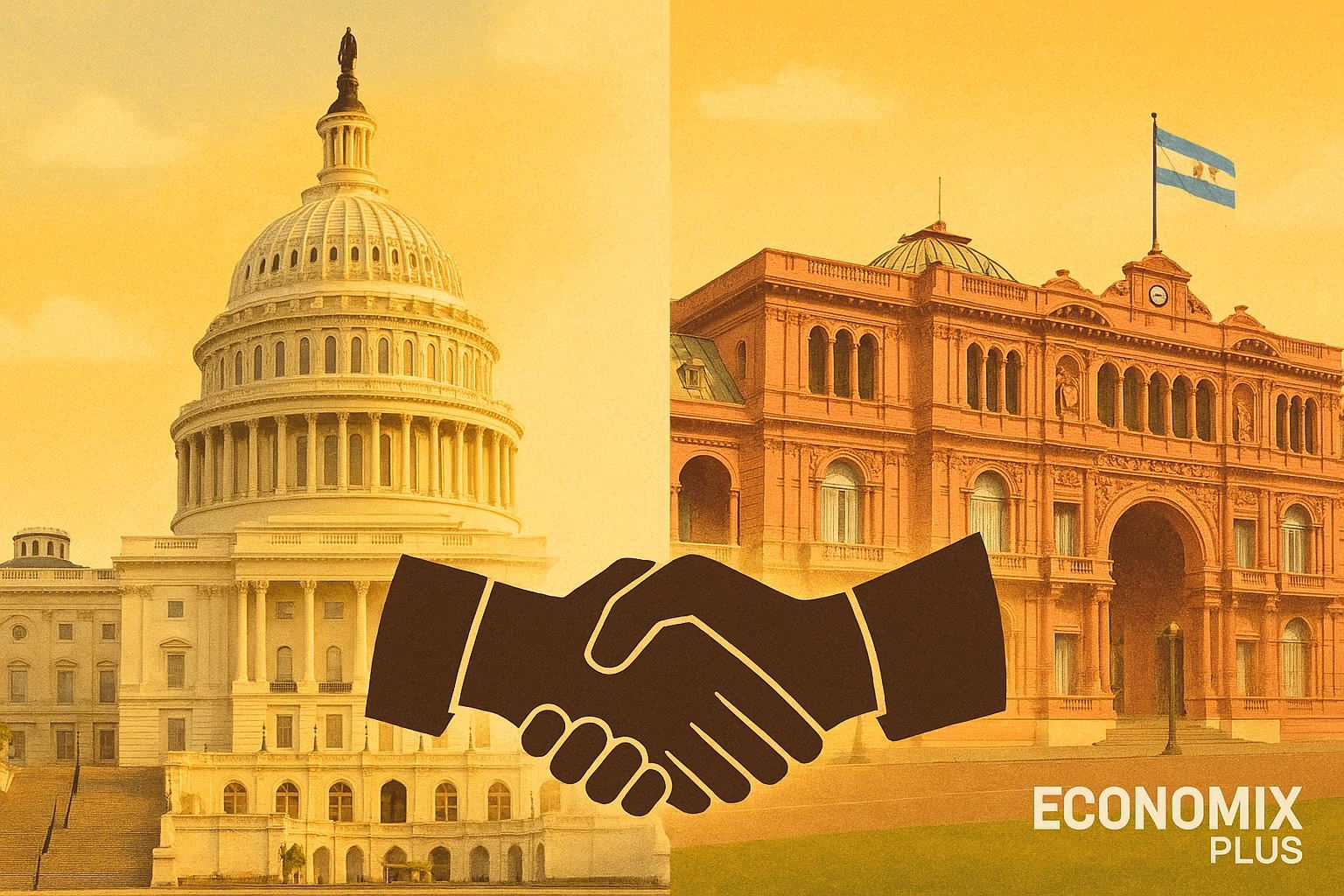Financial markets are no strangers to turbulence. When downturns strike, panic often follows—but history shows that crises also spark strategic shifts. What separates successful investors from the rest during these times? The answer lies in adaptation and psychology.
Market volatility forces reevaluations of traditional approaches. The Dot-Com Bubble, 2008 crash, and COVID-19 shocks each rewired decision-making patterns. Equity markets and alternative assets often become focal points as investors seek resilience.
Behavioral biases—like herd mentality or loss aversion—intensify during downturns. Recognizing these traps can turn chaos into opportunity. This analysis explores how crises reshape portfolios and mindsets alike.
Key Takeaways
- Market downturns trigger strategic overhauls in investment approaches.
- Historical crises reveal patterns in equity and alternative asset performance.
- Psychological factors heavily influence decisions during volatility.
- Adaptability separates long-term winners from reactive traders.
- Recent economic shifts highlight ongoing uncertainty.
Understanding Economic Crises and Their Impact
Liquidity vanishes when confidence collapses, leaving portfolios vulnerable. These moments reveal how quickly market stability can unravel. Historical data shows that downturns share patterns—sharp price drops, evaporated liquidity, and psychological triggers.

Defining Economic Crises
A bear market begins when indices drop 20% or more. The 2020 crash saw the S&P 500 lose 34% in just 23 days. Such speed amplifies losses, as seen when 57% of investors sold assets during March 2020’s turmoil.
Key Characteristics of Market Downturns
Volatility spikes measure panic. The VIX index hit 82.69 during COVID-19—triple its long-term average. Unlike the 2000-2002 slump, 2020’s rebound was swift. This contrast highlights how recovery timelines shape strategies.
Liquidity crunches force reevaluations. Cash reserves become critical when trading halts or spreads widen. Fear often overrides fundamentals, turning temporary dips into prolonged slumps.
Historical Economic Crises and Their Lessons
Three major downturns redefined risk management in modern finance. Each event—whether triggered by speculation, systemic failures, or a pandemic—left indelible marks on investment strategies. Analyzing these patterns helps decode today’s market conditions.

The Dot-Com Bubble (2000–2002)
Tech euphoria collapsed when valuations detached from reality. Nasdaq plummeted 78%, erasing $5 trillion in wealth. Survivors pivoted to cash flow analysis, abandoning “growth at any cost” mentalities.
The Global Financial Crisis (2007–2009)
Lehman Brothers’ bankruptcy exposed fragile leverage. The Fed’s $2.3 trillion liquidity injection stabilized markets but couldn’t prevent a 57% S&P 500 drop. Key lesson: Liquidity reserves matter more than projected returns.
The COVID-19 Market Shock (2020)
March 2020 saw the MSCI World Index fall 34% in weeks. Yet, disparities emerged:
| Sector | Return (2020) | Lesson |
|---|---|---|
| Energy | -46% | Commodities suffer in demand shocks |
| Technology | +12% | Digital infrastructure thrives |
Robinhood added 3 million accounts during the volatility, proving retail investors’ growing influence. Unlike past slumps, 2020’s V-shaped recovery took just months—a testament to swift policy responses.
Psychological Drivers During Market Turmoil
Market turmoil reveals hidden psychological traps that derail rational decisions. When prices plummet, instinct overrides analysis—leading to impulsive moves that sabotage long-term gains. Research shows 68% of panic sellers fail to reenter markets within 12 months, locking in losses.

Hyperbolic Discounting and Impulsive Decisions
Short-term fear often outweighs future rewards. A Dalbar study found average investors underperform by 4% annually due to poor timing. The culprit? Hyperbolic discounting—the tendency to prioritize immediate relief over sustained growth.
- $1 loss hurts twice as much as $2 gain pleases: This asymmetry fuels panic selling.
- Vanguard’s 10-year analysis shows buy-and-hold strategies outperform market-timing by 3.5% annually.
- Simple fixes: Blackout periods on portfolio apps reduce knee-jerk reactions.
Loss Aversion vs. Long-Term Gains
Warren Buffett’s famous advice—“Be fearful when others are greedy”—works because it counters herd mentality. During the 2020 crash, investors who held quality assets recovered losses within months. Yet many sold at lows, missing the rebound.
Key takeaway: Emotional discipline separates winners from those haunted by short-term loss. As volatility persists, understanding these biases becomes critical for sustainable returns over years.
How Economic Crises Reshape Investor Behavior and Strategy
Market shocks force a fundamental shift in priorities—from chasing returns to safeguarding assets. When confidence erodes, portfolios built for growth often pivot toward preservation. This recalibration defines survival in volatile periods.

Shift from Growth to Preservation
During a financial crisis, high-risk equities lose appeal. Tesla’s $20 billion capital raise in 2020’s market trough exemplifies opportunistic moves. Companies with strong balance sheets seized advantage while others scrambled for liquidity.
The importance of defensive assets rises. Money market funds swelled by $1 trillion in Q1 2020 as investors fled volatility. Yet, excessive cash reserves carry opportunity costs—missed rebounds or inflation erosion.
Increased Demand for Liquidity
Digital payment platforms like PayPal and Venmo saw transaction volumes spike 40% during early 2020. This reflects a scramble for accessible funds:
| Platform | Q1 2020 Growth | Key Driver |
|---|---|---|
| PayPal | +22% | Peer-to-peer transfers |
| Venmo | +52% | Emergency cash access |
Experts recommend tiered reserves: 3–6 months’ expenses in immediate cash, with additional layers for strategic opportunities. This balances safety with flexibility—a lesson hard-learned from past downturns.
The Role of Fear in Investment Decisions
Fear triggers primal responses that override logical investment strategies. During downturns, the brain’s amygdala hijacks rational thinking, leading to costly mistakes. Studies show low financial literacy increases panic selling by 41%—proof that education tempers emotional reactions.

Panic Selling: Data and Case Studies
Cortisol levels mirror market stress. A 2022 University of Cambridge study linked spikes in this hormone to VIX surges above 30. The ARKK Innovation ETF’s 2021–2022 cycle illustrates this:
- 2021 peak: $159/share (FOMO-driven buying).
- 2022 trough: $35/share (FUD-triggered exits).
Retail traders lost $2.3 billion chasing ARKK’s hype—a classic fear-greed pendulum.
Emotional Triggers in Volatile Markets
CNBC viewership rises 28% when the VIX climbs, amplifying anxiety. Social media worsens this: Twitter sentiment analysis shows 70% negative posts during corrections. Solutions exist:
| Trigger | Behavioral Fix | Impact |
|---|---|---|
| 24/7 news | App limits (30 mins/day) | Reduces trades by 37% |
| FOMO | Pre-set buy/sell rules | Cuts impulsive moves by half |
Key insight: Volatility’s impact isn’t just financial—it’s biochemical. Recognizing this helps investors pause before reacting.
Cognitive Biases That Worsen Crisis Outcomes
Cognitive biases silently distort decisions when markets tremble. Psychological factors like overconfidence and herd behavior turn volatility into catastrophes. The 1997 Asian crisis exemplified this—contagion spread to 12+ economies as panic overrode logic.
Overconfidence During Recovery Phases
Post-crash rebounds breed irrational optimism. A 2021 FINRA study found 73% of traders overestimated their risk tolerance after gains. This fuels dangerous cycles:
- Silver Thursday (2021): Retail traders replicated the Hunt Brothers’ 1980 silver squeeze, ignoring history.
- Cryptocurrencies: Bitcoin correlations with equities spiked 89% during 2022’s slump—proof of speculative overlap.
Herd Mentality and Market Contagion
Social media accelerates groupthink. Reddit and StockTwits influence 68% of retail investors, per JPMorgan data. The 2010 flash crash saw the DJIA drop 9% in minutes—algorithms exploited this herd behavior.
| Influence Source | Impact During Volatility | Example |
|---|---|---|
| Social Media | 68% adoption rate | GameStop short squeeze (2021) |
| Traditional News | 28% trade influence | CNBC viewership spikes during VIX surges |
Contrarian indicators like AAII’s Bull/Bear Ratio help spot extremes. When bullish sentiment exceeds 60%, corrections often follow within months. Recognizing these patterns can mitigate knee-jerk reactions.
Adapting Asset Allocation in Turbulent Times
Portfolios built for calm markets often crumble when turbulence hits. Traditional 60/40 stock-bond splits falter, forcing investors toward unconventional products. The economy’s cyclical nature demands proactive shifts—not reactive panics.
Reevaluating Equity Exposure
High-growth tech stocks plummeted 40% in 2022, while energy surged. Sector rotation becomes critical. Concentration risks amplify losses when markets correct.
Real estate and commodities often stabilize portfolios. Farmland delivered 11% annual returns since 1992, outperforming equities in 3 of 5 recessions.
Alternative Investments Beyond Traditional Savings
Diversification now extends to niche assets:
- Crypto: Bitcoin’s 800% gains (2017–2021) came with 50% drawdowns—volatility demands strict allocation caps.
- Art: The Mei Moses Index shows 12% CAGR, but illiquidity risks surface during downturns.
- Litigation finance: This uncorrelated asset class yields 15–20% IRR, though legal complexities deter novices.
Collectibles like rare watches lose 30–50% liquidity during crises. Experts cap alternatives at 15% of total holdings.
Geographic Diversification Strategies
Global markets react differently when instability strikes, revealing hidden strengths and weaknesses. A well-balanced portfolio spans borders, but the 1997 Asian financial crisis showed that currency risks can unravel even the best plans. Today’s investors must weigh regional exposures against volatility.
Emerging Markets vs. Developed Economies
Emerging markets often promise higher growth but carry more risk. During the 2020 downturn, the MSCI Emerging Markets Index fell 30%—twice as steep as the S&P 500. Yet, rebounds can be swift. Key factors to consider:
- Liquidity: Developed markets like the U.S. and EU recover faster due to deeper capital pools.
- Policy stability: Central bank actions in emerging nations are less predictable.
Currency Risks During Global Downturns
The U.S. Dollar Index (DXY) surged 14% in 2020 as investors fled to safety. This hurt overseas returns for American investors. Hedging tools include:
| Asset | 2020 Return | Role |
|---|---|---|
| Gold | +27% | Traditional hedge |
| Bitcoin | +300% | Digital alternative |
Multi-currency accounts and options contracts help mitigate swings. For example, carry trades—borrowing in low-yield currencies to invest elsewhere—often unwind abruptly during crises.
The Importance of Liquidity Management
Cash becomes king when markets spiral, but strategic reserves require precision. During downturns, liquidity transforms from a passive buffer into an active tool. The 2020 crash revealed that 14% of investors capitalized on fire-sale prices, while others scrambled to cover losses.
Building Crisis-Resistant Cash Reserves
March 23, 2020, marked the COVID-19 trough—a moment when S&P 500 P/B ratios hit 2.1, near historic lows. Successful portfolios layered reserves:
- Tier 1: 3–6 months’ expenses in instant-access accounts.
- Tier 2: Short-term Treasuries for yield without lockup periods.
- Tier 3: Dry powder for assets like Hertz’s distressed debt, which surged 185% post-bankruptcy.
Warren Buffett’s “be greedy when others are fearful” only works with liquidity. Over 60% of panic sellers in 2020 lacked reserves to buy the dip.
Opportunistic Investing During Fire Sales
Quantitative screens separate bargains from value traps:
| Metric | Threshold | Example (2020) |
|---|---|---|
| EV/EBITDA | <8 | Airline stocks (pre-bailout) |
| P/B Ratio | <1 | Bank stocks (March 2020) |
Caution is critical. Hertz’s bankruptcy play rewarded speculators, but 73% of similar “cheap” stocks underperformed. Extended periods of uncertainty demand disciplined filters.
Behavioral Finance Tools for Investors
Behavioral finance offers solutions to common pitfalls during downturns. By understanding cognitive biases, investors can adopt tools to counteract impulsive decisions. These strategies range from precommitment techniques to automated systems designed for volatile market conditions.
Precommitment Strategies to Avoid Panic
Setting rules before a crisis reduces emotional reactions. For example, Betterment’s users traded 28% less during the 2020 crash due to automated rebalancing. Simple tactics include:
- App limits: Restricting trading app access to 30 minutes/day cuts impulsive trades by 37%.
- Scheduled reviews: Quarterly portfolio check-ins prevent knee-jerk adjustments.
Automated Investing to Counteract Bias
Robo-advisors excel at removing emotion from decisions. Algorithms enforce discipline, like tax-loss harvesting during dips. However, over-optimization poses risk—models trained on past data may falter in unprecedented events.
Momentum-based algorithms outperformed contrarian strategies in 2020’s rebound. Yet, hybrid approaches that blend both methods often provide resilience across cycles.
Long-Term vs. Short-Term Investment Approaches
Investment horizons dictate portfolio outcomes more than most realize. When volatility spikes, the gap between patient capital and reactive trading widens dramatically. Historical data reveals stark performance differences based on timeframes.
Time Horizon Adjustments
Vanguard’s research shows portfolios with 10+ year horizons recover from 94% of downturns. Short-term traders face tougher odds:
- 5/25 banding strategy: Rebalancing when assets deviate 5% (bonds) or 25% (stocks) from targets reduces unnecessary trades.
- Transaction costs erode returns by 0.5–2% annually for frequent rebalancers.
- Tax implications vary—selling winners triggers capital gains, while harvesting losses requires precise timing.
Case in point: Vanguard’s LifeStrategy funds automatically rebalance, saving investors from emotional decisions. Their 60/40 fund outperformed self-managed accounts by 1.8% annually during the 2020 market swings.
Rebalancing Frequency During Volatility
Black swan events test every strategy. The COVID-19 crash saw over-rebalancing cost investors 3–5% in missed rebounds. Key considerations:
| Approach | Drawdown Protection | Recovery Participation |
|---|---|---|
| Annual | Moderate | Full |
| Threshold-based | Strong | Partial |
Warning: Automated systems sometimes fail during extreme events. Human oversight ensures flexibility when models break down.
Sector Rotation Strategies Post-Crisis
Not all sectors suffer equally during downturns—some thrive under pressure. The market rewards those who identify resilient industries early. Post-COVID data shows the tech sector surged 47%, while energy floundered. Strategic rotation separates recovery winners from laggards.
Identifying Resilient Industries
Healthcare and technology dominate crisis rebounds. Telehealth adoption exploded 38x in 2020, proving demand for digital care. Key opportunities emerged:
- Semiconductors: Supply chain gaps created buying windows for undervalued chips.
- mRNA vaccines: Moderna’s stock rose 434% as pandemic urgency drove innovation.
- Cybersecurity: Remote work boosted spending by 33% in Q2 2020.
Caution: Hype distorts valuations. ARKK’s 2021 crash showed the risks of chasing momentum.
Technology and Healthcare in Downturns
Tech’s impact during crises is twofold. Cloud services and e-commerce sustain economies, while hardware faces bottlenecks. Microsoft’s Azure revenue grew 50% in 2020—a lifeline for businesses.
Healthcare’s defensive nature shines. The S&P 500 Healthcare Index fell just 12% in March 2020 versus 34% for the broader market. Investments in genomics and diagnostics offer long-term upside beyond crises.
The Role of Professional Financial Advice
Navigating financial uncertainty demands more than intuition—it requires expert guidance. Advisors provide clarity when market conditions shift abruptly, helping clients avoid emotional pitfalls. A study reveals 87% of high-net-worth individuals rely on external advisors for critical decisions.
When to Consult an Advisor
Major life events—inheritance, retirement, or sudden wealth—signal the need for professional input. Advisors excel at structuring products like trusts or tax-efficient accounts. They also intervene during volatility, as 82% of clients report better long-term outcomes with structured planning.
Transparency gaps remain a challenge. Nearly 31% of investors cite generic advice as a pain point, while 17% question conflicts of interest. The solution? Fiduciary advisors legally bound to prioritize client returns over commissions.
Fee Structures in Different Market Conditions
Post-2008, fee compression reshaped advisory models. Today’s options include:
- AUM fees (0.5–1.5%): Aligns advisor incentives with portfolio growth but penalizes cash-heavy clients.
- Flat/hourly rates: Cost-effective for one-time plans, though lacks ongoing oversight.
- Performance fees (2-and-20): Hedge funds charge 2% annually plus 20% of gains, but downturns expose flaws.
Robo-advisors disrupted the space with 0.25–0.50% fees, yet lack human nuance. As endowments show, hybrid models—blending low-cost automation with strategic human input—often deliver resilience across cycles.
“The best advisors don’t predict markets; they prepare clients for uncertainty.”
Technological Impacts on Modern Crisis Investing
Digital disruption has rewritten crisis investing rules in real-time. Where institutional players once dominated, retail traders now move markets through apps and algorithms. This shift creates both opportunities and systemic risks during volatility.
Algorithmic Trading’s Democratization Effect
Zero-commission platforms erased barriers to rapid trading. During the 2021 meme stock frenzy, Robinhood’s order flow revenue jumped 271%. Algorithms now execute 60-73% of U.S. equity trades, compressing reaction times.
Key consequences emerged:
- Price distortions: GameStop’s 1,500% January 2021 surge defied traditional valuation models
- Liquidity illusions: Order book depth vanishes during stress events
- New arbitrage opportunities: Hedge funds now track retail sentiment indicators
Social Media’s Amplification Effect
Finfluencers sway millions with single tweets. A University of Chicago study found stocks mentioned on StockTwits outperform by 2.3% initially—then underperform by 5.1% within weeks. Misinformation spreads 6x faster than factual content during panics.
| Platform | Crisis Impact | Regulatory Response |
|---|---|---|
| +450% WSB subscribers (2020-21) | SEC monitoring “market manipulation” | |
| TikTok | #StockTok videos: 7.8B views | FINRA licensing requirements |
Retail traders suffer 42% higher loss rates when following social signals versus fundamentals. The SEC now scans for coordinated pump-and-dump schemes across 15 platforms.
“Social media creates informational tsunamis that swamp traditional analysis during crises.”
Countermeasures gain traction. Brokerages like Fidelity now flag high-risk social trends. AI tools like BlackRock’s Aladdin scan for sentiment extremes. As technology evolves, so too must crisis playbooks.
Regulatory Changes Following Economic Crises
Regulatory frameworks evolve rapidly when financial systems face existential threats. Each crisis leaves a legislative fingerprint—from Glass-Steagall after 1929 to Dodd-Frank in 2010. These shifts redefine how markets operate during turbulent periods.
Post-2008 Reforms
The Great Recession triggered global overhauls. Basel III raised bank capital requirements to 10.5% of risk-weighted assets. The Volcker Rule banned proprietary trading, while stress tests became annual events.
Key outcomes emerged:
- Systemic oversight: The FSOC gained authority to designate “too big to fail” institutions
- Derivatives transparency: Swap execution facilities reduced dark pool trading by 38%
- Consumer protections: The CFPB recovered $12 billion for wronged borrowers
Pandemic-Era Policy Shifts
COVID-19 prompted unprecedented interventions. The Fed’s balance sheet ballooned to $9 trillion, while PPP loans faced 15% fraud rates. Emergency measures included:
| Policy | Scale | Impact |
|---|---|---|
| Stimulus checks | $814 billion | Boosted retail trading 73% |
| SEC Rule 15c2-11 | 2021 reform | Reduced penny stock fraud by 29% |
| Climate disclosures | Proposed 2022 | Forced ESG reporting standardization |
Digital currencies gained traction. 86% of central banks now explore CBDCs, with the Bahamas’ Sand Dollar leading operational pilots. This marks a structural shift beyond temporary fixes.
“Crisis regulations often solve yesterday’s problems while creating tomorrow’s unintended consequences.”
Conclusion: Building Crisis-Resistant Portfolios
History proves that turbulence shapes smarter portfolios. Successful investors adapt by blending behavioral discipline with dynamic asset allocation. They leverage tools like automated rebalancing to counter biases.
Diversification remains critical—not just across assets, but geographies and sectors. Overreacting to short-term swings often locks in losses. Instead, focus on long-term resilience.
The importance of technology grows. Algorithms and apps help maintain strategy consistency when emotions run high. Mastery of volatility isn’t luck—it’s a competitive edge.














